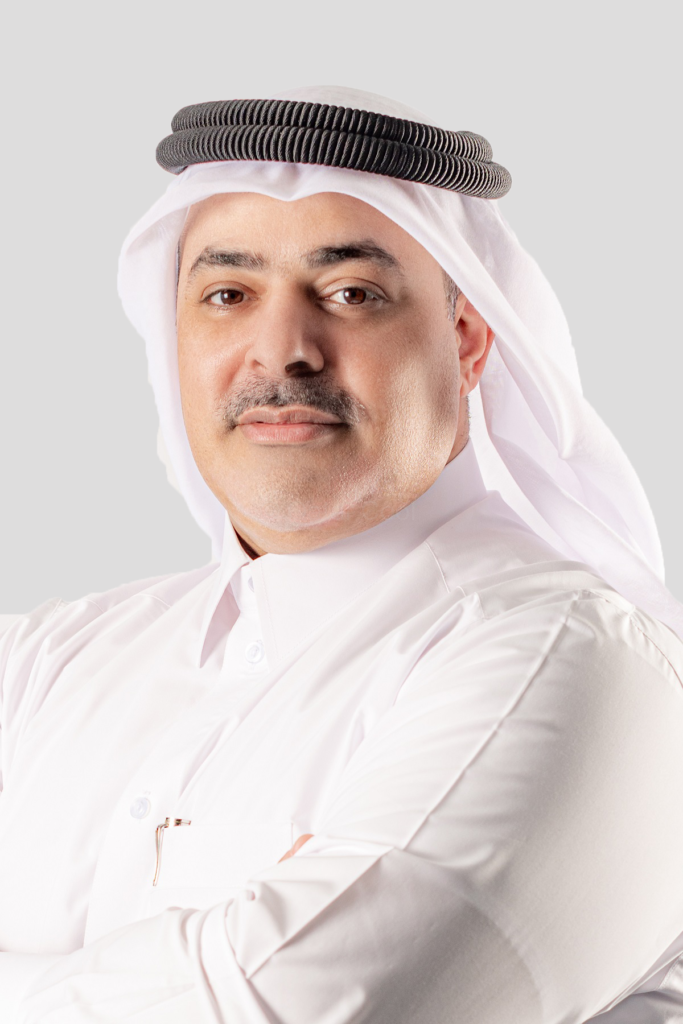
Close


Yasser Al Jaidah
Chief Executive Officer
Having a blank canvas to work with is the perfect scenario, planning every inch of the project with the master developer from pipe networks to energy requirements, and allocation of resources, with little to no disruption to the surrounding community, the perfect scenario for a district cooling provider. Greenfield projects are the optimal choice for cooling providers, to have input from the get-go. Pipe networks can be planned and laid along with water lines, energy allocation for the cooling plant can be factored and distribution of capacity can be calculated for ideal service provision, in return yielding energy and water saving for the master developers and the customer alike.
The luxury of planning affords such considerations as, environmentally conscious construction, wastewater management and space optimization. Comfort which will generate ease but more importantly will generate reduced freshwater demand, suitable utilization and allocation of energy and a more sustainable city. Expectations are readily known, costs calculated to the decimal, and infrastructure mapped out, every small but significant detail can be analyzed, considered, optimized, and done with ease.
Greenfield projects are perfect for developing countries or those expanding the boundaries of their cities, but what of those who have nowhere to expand, nor do they have a demand to grow. For those that have reached the apex of their infrastructure growth the opportunity of implementing green technology, such as district cooling, into their municipalities is significantly reduced.
Brownfield cities are normally congested with little to no land for cooling plants let alone the desire to disrupt the community with major construction. Most brownfield cities have established cooling from individual central air conditioning systems, split AC’s, or other similar methods, all of which rely heavily on HFC gases, guzzle energy and have bulky onsite equipment, overtaking prime real estate such as roofs and basements.
The world is trying to become greener, trying to fix the damage caused by ozone depleting habits, infrastructure, and systems, while preventing further damage. The solution in brownfield projects is not to build a new greener city to replace and achieve one’s green objectives, the brownfields have caused damage this far, simply discounting them is counterproductive, and will not off-set the damage. What we should be looking at is a two-pronged approach. Greenfield projects are the desired choice given that they can be planned and built accurately from the start, but brownfield projects should be looked at in tangent, improving the functionality of brownfield cities infrastructure will generate far better results than a greenfield city alone.
Brownfield projects cannot be overlooked, they need to be a part of the plan, they need to be retrofitted and brought as close to the benchmark of sustainability as possible, all be it shadowed by greenfield cities. Although never reaching the standard of impact, brownfield cities can become comparatively close to that of greenfield cities, if given the correct attention and investment. Simply starting from now and making a conscious effort towards the environment is not enough, the damage exists and will continue if brownfield projects are overlooked. We cannot fix the damage caused, but we can prevent significant damage going forward. Discounting brownfield projects and their impact will always have us chasing our own tail, never actually taking a step forward on our global mission of a sustainable future. Implementing district cooling is not enough, it does not always fit the mold, partnering with a district cooling provider is the wiser route, when looking at brownfield projects.
District cooling providers have the capabilities to support brownfield projects. Although more complex and disruptive, brownfield projects have the potential to become greener, and not always from the conventional district cooling model. Some if not all brownfield projects cannot afford to avail space for cooling plants to be erected, land is precious and almost always occupied. Giving the density and barriers, most brownfields avoid discussions on retrofitting and sustainable infrastructure, unaware of the advantages it generates. Retrofitting does come at a cost, as does taking no action, but the potential to save environmentally and economically far out weights the investment, you need to speculate to accumulate, as the saying goes.
Every district cooling provider, given the choice, will opt for a greenfield project, it’s a lot less complex than that of a brownfield project. However, sustainable energy providers like district cooling look at the complete picture. It is not about the complexity alone; it is about the impact the project has on the community and environment alike. To truly make positive impact brownfield projects need to be addressed and worked on in parallel, an optimized country harvests far greater power than an optimized city.
The habit of starting afresh and making better ecological choices from now will not undo the damage caused or the damage which will continue from unattended brownfield projects. Only addressing the root cause will allow for true change and a positive clean future.
| Cookie | Duration | Description |
|---|---|---|
| cookielawinfo-checkbox-analytics | 11 months | This cookie is set by GDPR Cookie Consent plugin. The cookie is used to store the user consent for the cookies in the category "Analytics". |
| cookielawinfo-checkbox-functional | 11 months | The cookie is set by GDPR cookie consent to record the user consent for the cookies in the category "Functional". |
| cookielawinfo-checkbox-necessary | 11 months | This cookie is set by GDPR Cookie Consent plugin. The cookies is used to store the user consent for the cookies in the category "Necessary". |
| cookielawinfo-checkbox-others | 11 months | This cookie is set by GDPR Cookie Consent plugin. The cookie is used to store the user consent for the cookies in the category "Other. |
| cookielawinfo-checkbox-performance | 11 months | This cookie is set by GDPR Cookie Consent plugin. The cookie is used to store the user consent for the cookies in the category "Performance". |
| viewed_cookie_policy | 11 months | The cookie is set by the GDPR Cookie Consent plugin and is used to store whether or not user has consented to the use of cookies. It does not store any personal data. |